A jet engine is a reaction engine discharging a fast moving jet that generates thrust by jet propulsion in accordance with Newton's laws of motion. This broad definition of jet engines includes turbojets, turbofans, rockets, ramjets, and pulse jets. In general, jet engines are combustion engines but non-combusting forms also exist.
In common parlance, the term jet engine loosely refers to an internal combustion airbreathing jet engine (a duct engine). These typically consist of an engine with a rotary (rotating) air compressor powered by a turbine ("Brayton cycle"), with the leftover power providing thrust via a propelling nozzle. Jet aircraft use these types of engines for long-distance travel. Early jet aircraft used turbojet engines which were relatively inefficient for subsonic flight. Modern subsonic jet aircraft usually use high-bypass turbofan engines. These engines offer high speed and greater fuel efficiency than piston and propeller aeroengines over long distances.

Follow me on Pinterest
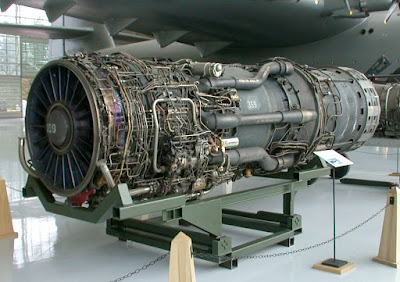
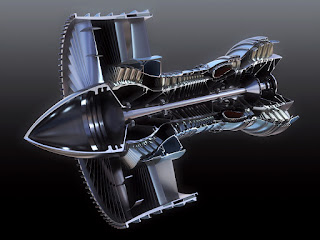
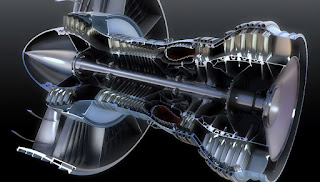

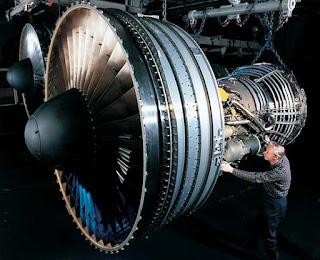
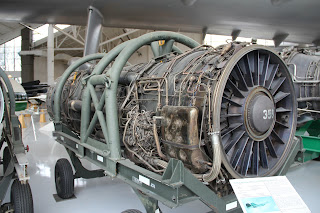

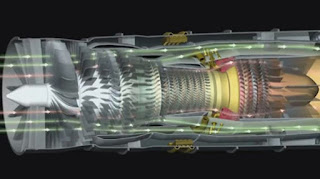

No comments:
Post a Comment